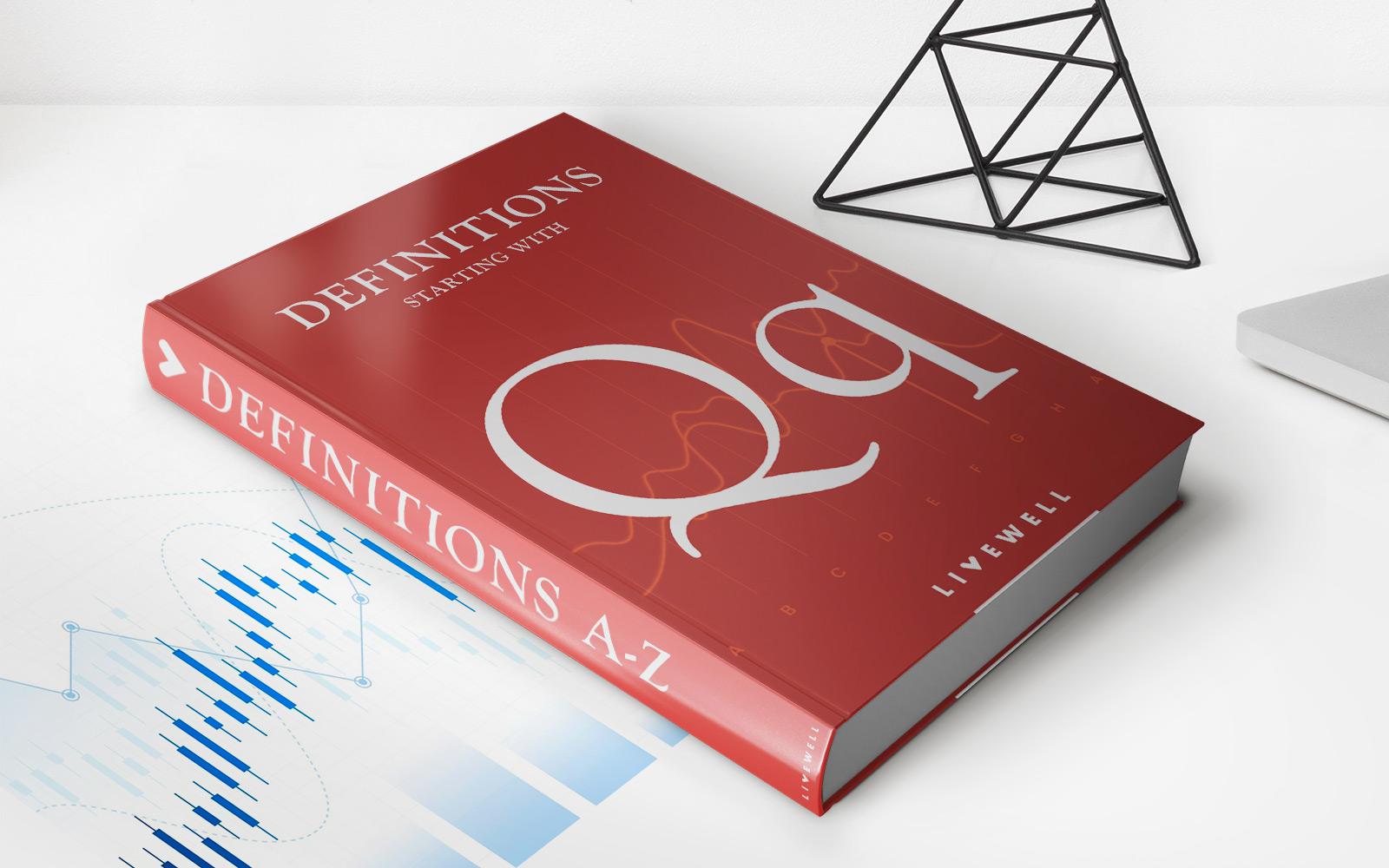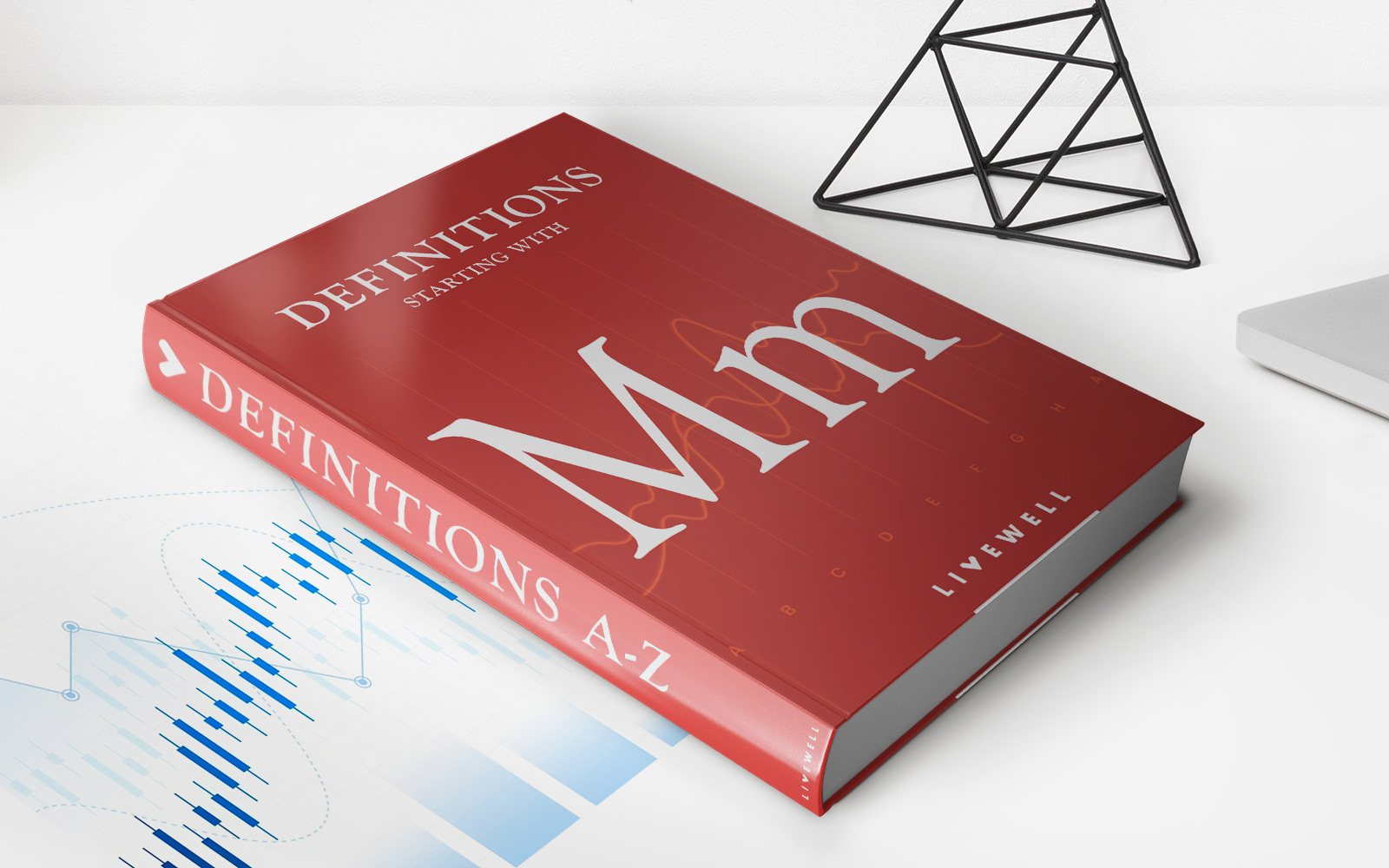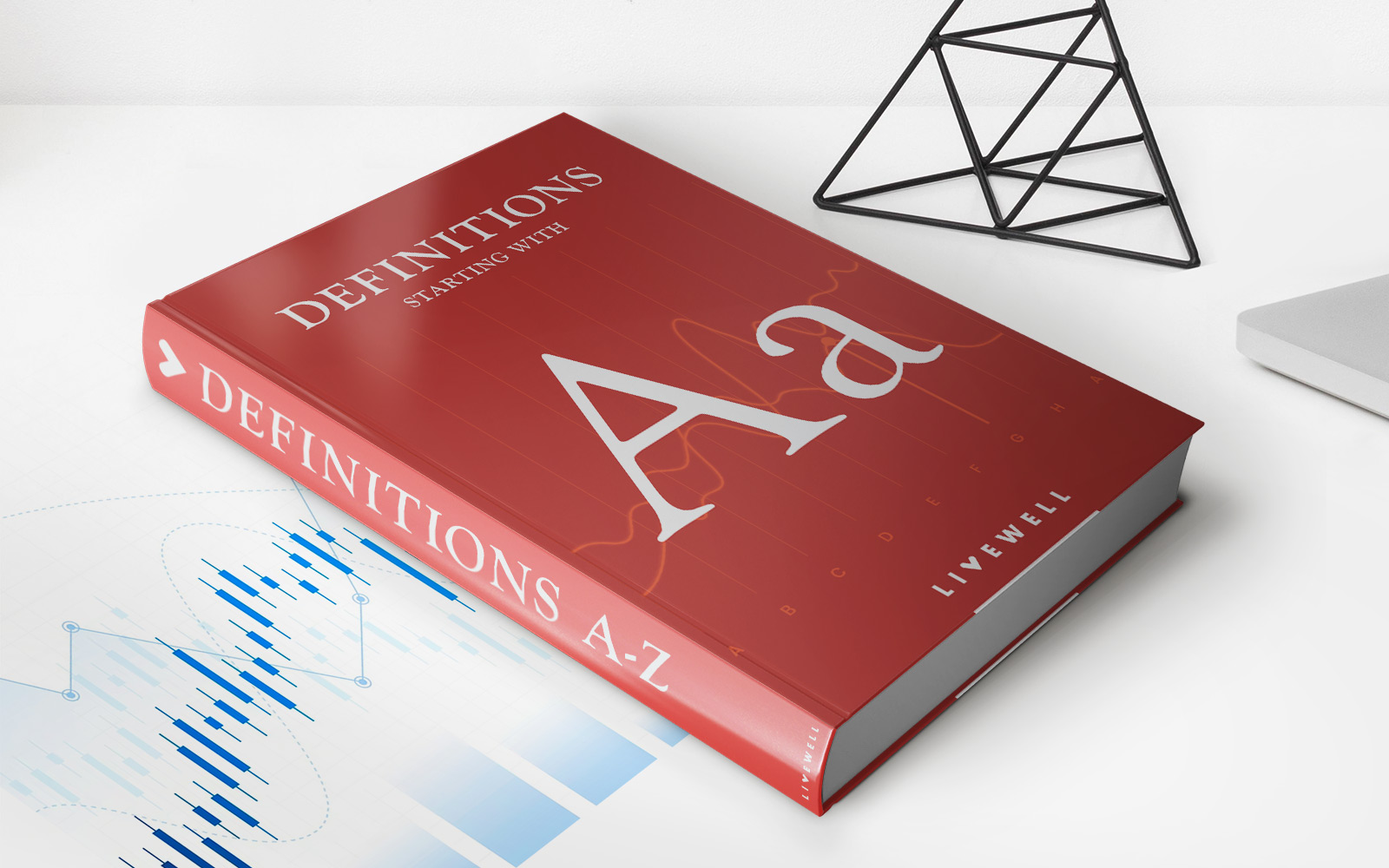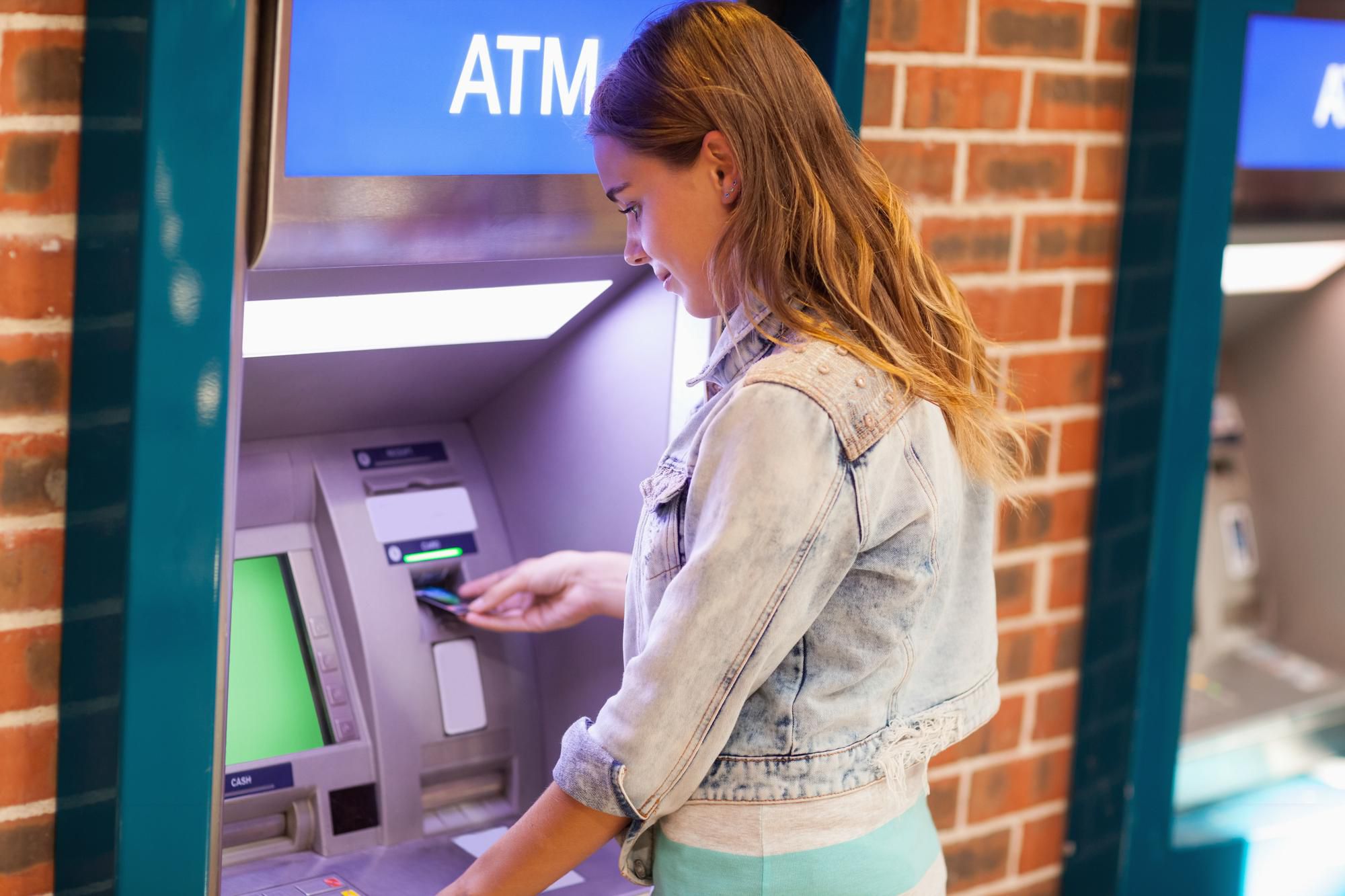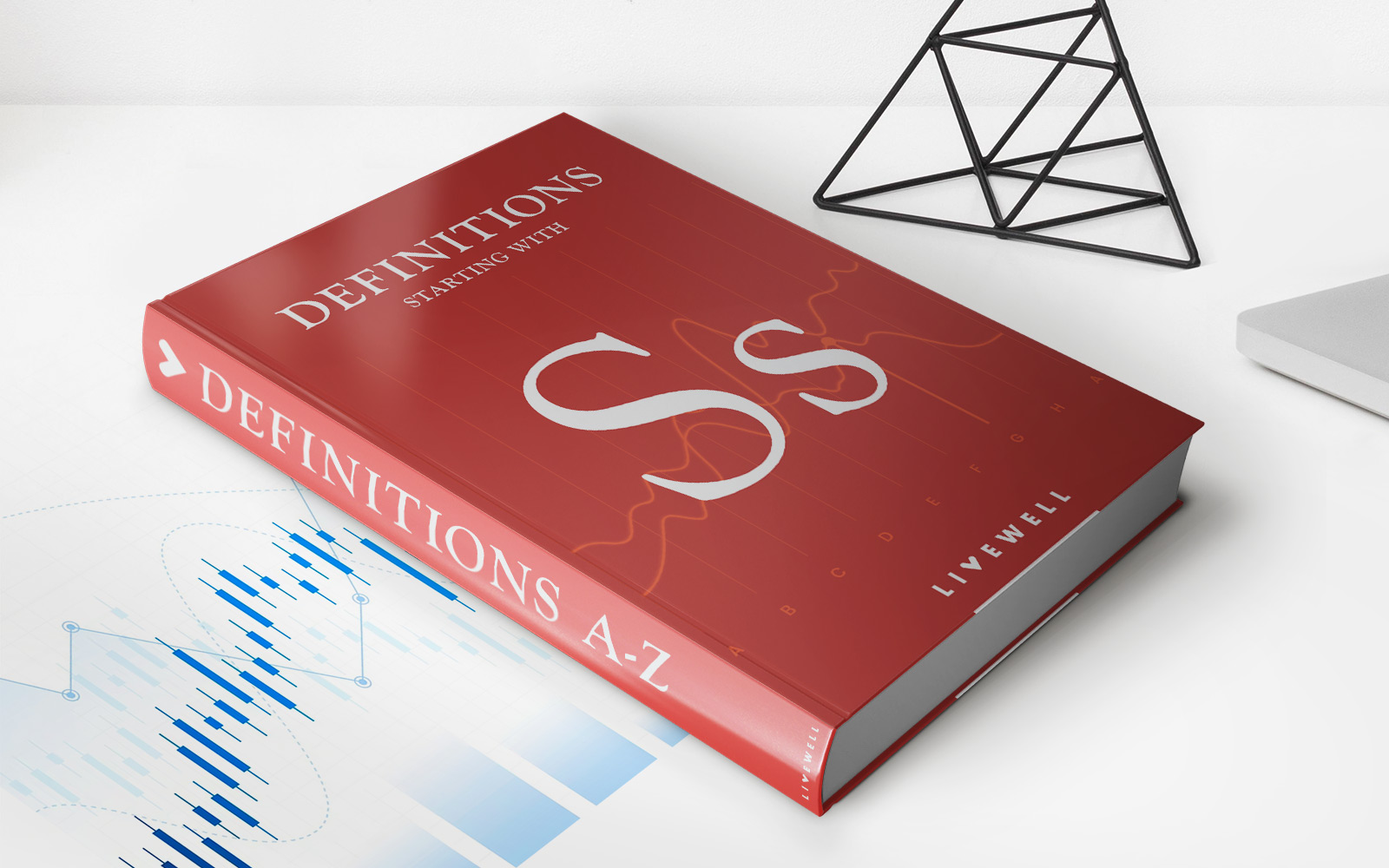Home>Finance>Message Authentication Code (MAC): Definition And Use In EFTs
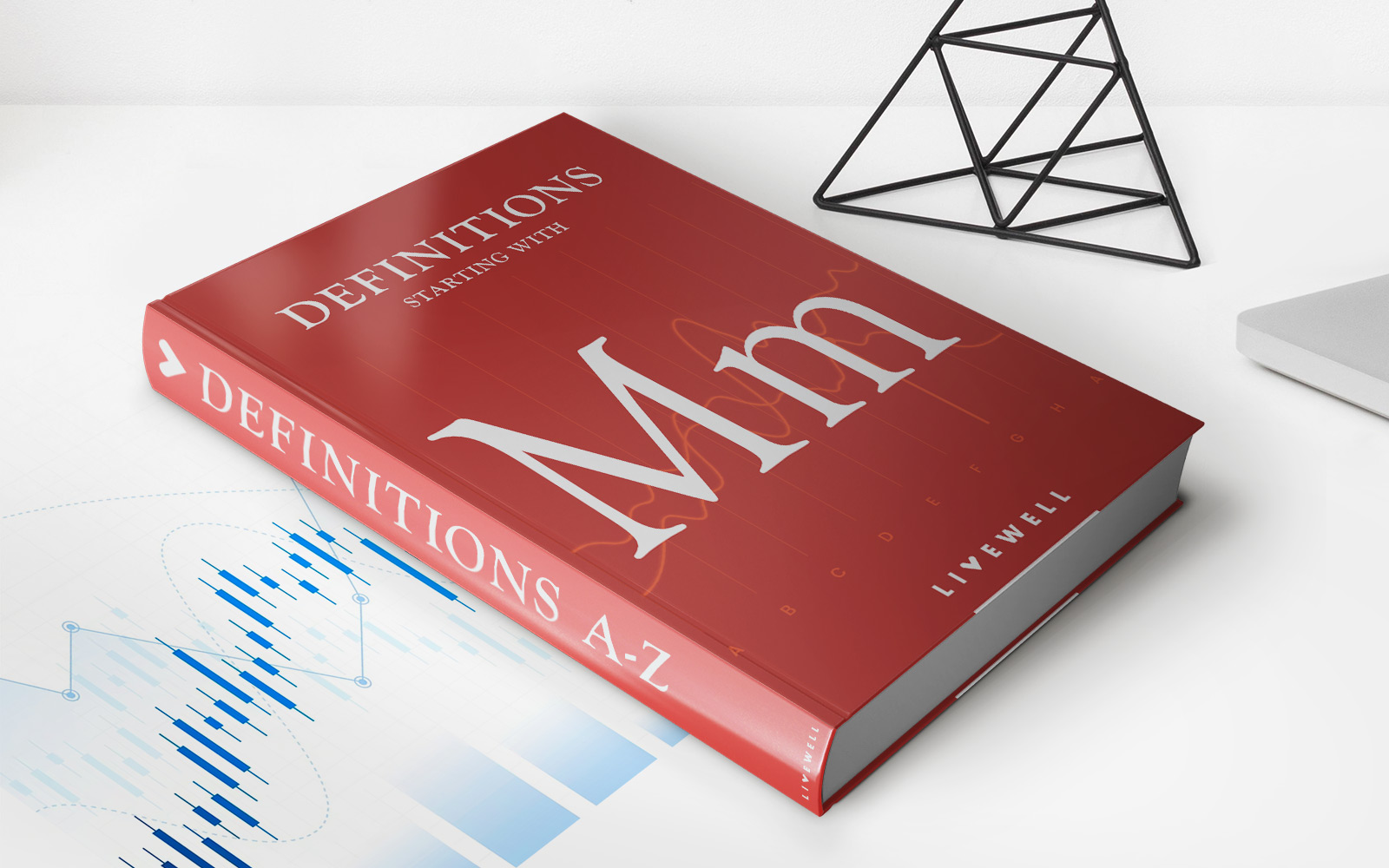

Finance
Message Authentication Code (MAC): Definition And Use In EFTs
Published: December 25, 2023
Learn about the importance and application of Message Authentication Code (MAC) in finance, specifically in Electronic Funds Transfers (EFTs). Protect your financial transactions with this secure method.
(Many of the links in this article redirect to a specific reviewed product. Your purchase of these products through affiliate links helps to generate commission for LiveWell, at no extra cost. Learn more)
Message Authentication Code (MAC): Definition and Use in EFTs
Welcome to the Finance category of our blog! In this post, we will explore the fascinating world of Message Authentication Code (MAC) and its crucial role in Electronic Funds Transfers (EFTs). If you’ve ever wondered how your financial transactions remain secure in the digital realm, this blog post is for you. We’ll dive into what MAC is, its purposes, and why it is important in keeping your money safe.
Key Takeaways:
- Message Authentication Code (MAC) is a cryptographic technique used to provide integrity and authenticity to data transmitted between systems.
- MAC ensures that messages sent from one party to another are not tampered with during transmission, providing protection against unauthorized modification or fraudulent activities.
What is a Message Authentication Code?
A Message Authentication Code (MAC) is a form of cryptographic technique used to provide data integrity and authenticity in electronic communications. It is a small piece of information that is attached to the message being transmitted. The MAC is computed using an algorithm and a secret key, which ensures that the recipient can verify the authenticity and integrity of the message.
In simpler terms, a MAC acts as a digital signature for a message, ensuring that it has not been modified or tampered with during transit.
How is MAC Used in EFTs?
Electronic Funds Transfers (EFTs) are the backbone of modern financial systems, enabling the seamless transfer of money between accounts. With the increasing reliance on digital transactions, ensuring the security and integrity of these transfers is paramount.
MAC plays a critical role in EFTs by providing a layer of security that safeguards financial transactions from unauthorized modifications or fraudulent activities. Here is how it works:
- Generating the MAC: The sender’s system generates a MAC for the message using a specific algorithm and a secret key known only to the sender and recipient.
- Attaching the MAC: The generated MAC is then attached to the message being transmitted, creating a bundled package.
- Transmitting the Message: The bundled package, including the message and MAC, is sent to the recipient’s system.
- Verifying the MAC: Upon receiving the message, the recipient’s system uses the same algorithm and secret key to compute a new MAC. It then compares this computed MAC with the received MAC. If the two match, the message is considered authentic and intact.
This verification process ensures that the message has not been tampered with, providing a secure and trustworthy mechanism for EFTs.
Why is MAC Important?
Message Authentication Code (MAC) is of utmost importance in the digital realm, particularly in the financial sector, for several reasons:
- Data Integrity: MAC ensures that the data being transmitted remains intact and has not been modified by unauthorized parties, providing confidence in the accuracy and integrity of the information.
- Authentication: MAC provides a means of verifying the authenticity of the message, ensuring that it has been sent by the claimed sender and has not been tampered with during transit. This adds a layer of trust to the communication process, especially in financial transactions.
- Protection against Fraud: By verifying message integrity and authenticity, MAC helps prevent unauthorized modifications or fraudulent activities, safeguarding financial transactions and protecting consumers.
In conclusion, Message Authentication Code (MAC) is a vital cryptographic technique that ensures the integrity and authenticity of data transmitted between systems. In the world of Electronic Funds Transfers (EFTs), MAC plays a crucial role in keeping financial transactions secure, protecting against unauthorized modifications and fraudulent activities. By leveraging MAC, the financial sector can maintain trust, reliability, and security in the digital landscape.

